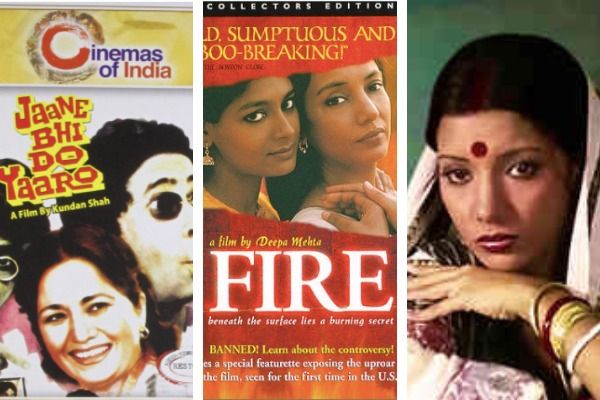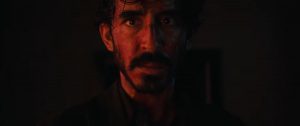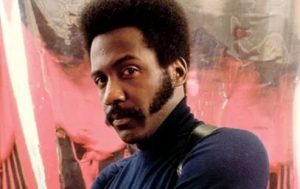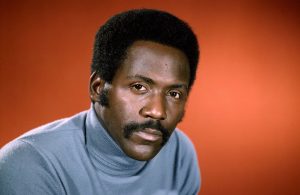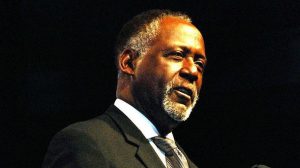Hindi movies, especially the older ones, are largely criticised for following the same storyline and conservative approach. Most films feature a female damsel in distress and a male character that comes to her rescue despite her strict family.
But once in a while, Bollywood took us by utter surprise and swayed our hearts away with their artistic creativity and engaging storylines. Here are three films from the ’70s, ’80s and ’90s each that need more attention.
Also read: From ‘Jobs’ to ‘Pele…’: 5 films to add to your Father’s day plans
1: Fire
Sit down for you might fall after hearing this.
Fire is a romantic drama film released in 1996 that explicitly shows a homosexual relationship between Shabana Azmi and Nandita Das. The tenderness of the dynamism shared between the two leads is beyond beautiful. The film of course set off a flurry of protests and bans. It was finally released in India in 1998.
‘Fire’ was written and directed by Deepa Mehta and is available on Netflix.
Also read: Top 10 Indian films that regaled audiences in 2021
2: Swami
Another Shabana Azmi feature, ‘Swami’ is a 1977 drama film directed by Basu Chatterjee. The movie follows Saudamini, a bright village girl with academic ambitions who is forced into an arranged marriage. What follows us is how she finds peace within her new household with her loving husband and ‘monster-in-laws’. As she starts to get accustomed to the life that was forced on her, her former love interest returns to take her away.
Also read: Was disappointed: Actor Aamir Khan on ‘Lagaan’ not winning an Oscar
‘Swami’ manages to bring the female character to the limelight while not losing the male one and maintaining a balance between the two. It is the simplicity featured in the film that makes it an easy watch.
3: Jaane Bhi Do Yaaro
Jaane Bhi Yaaro (translational- Just let it go Friends), is a 1983 satirical black comedy film directed by Kundan Shah. It won the 1984 Indira Gandhi Award for Best Debut Film of a Director and was part of the NFDC Retrospective at Indian International Film Festival in 2006.
Vinod Chopra (Naseeruddin Shah) and Sudhir Mishra (Ravi Baswani) are two photographers turned photojournalists, found themselves deeply intertwined in a scandalous web of corruption.
Also read: Best of Mani Ratnam: Films you should have on your must-watch list
The issues the film deals with are still applicable in today’s day and age.
The movie’s climax is set upon a stage dramatisation of the Mahabharata, specifically the part of ‘Draupadi Cheer-Haran’ (disrobing). This scene includes an ill-fated romance of Salim and Anarkali with a corpse playing Anarkali.
At one point, there are characters from Mahabharata, Mughal Empire, the police force and criminals all present on stage.
But that’s not even the most iconic part of the film. In the ending sequel, Vinod and Sudhir break the fourth wall, addressing the audience directly and make a symbolic cut-throat gesture to signify the death of justice and truth.

